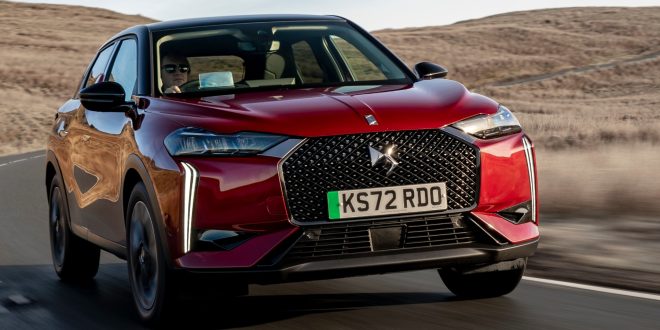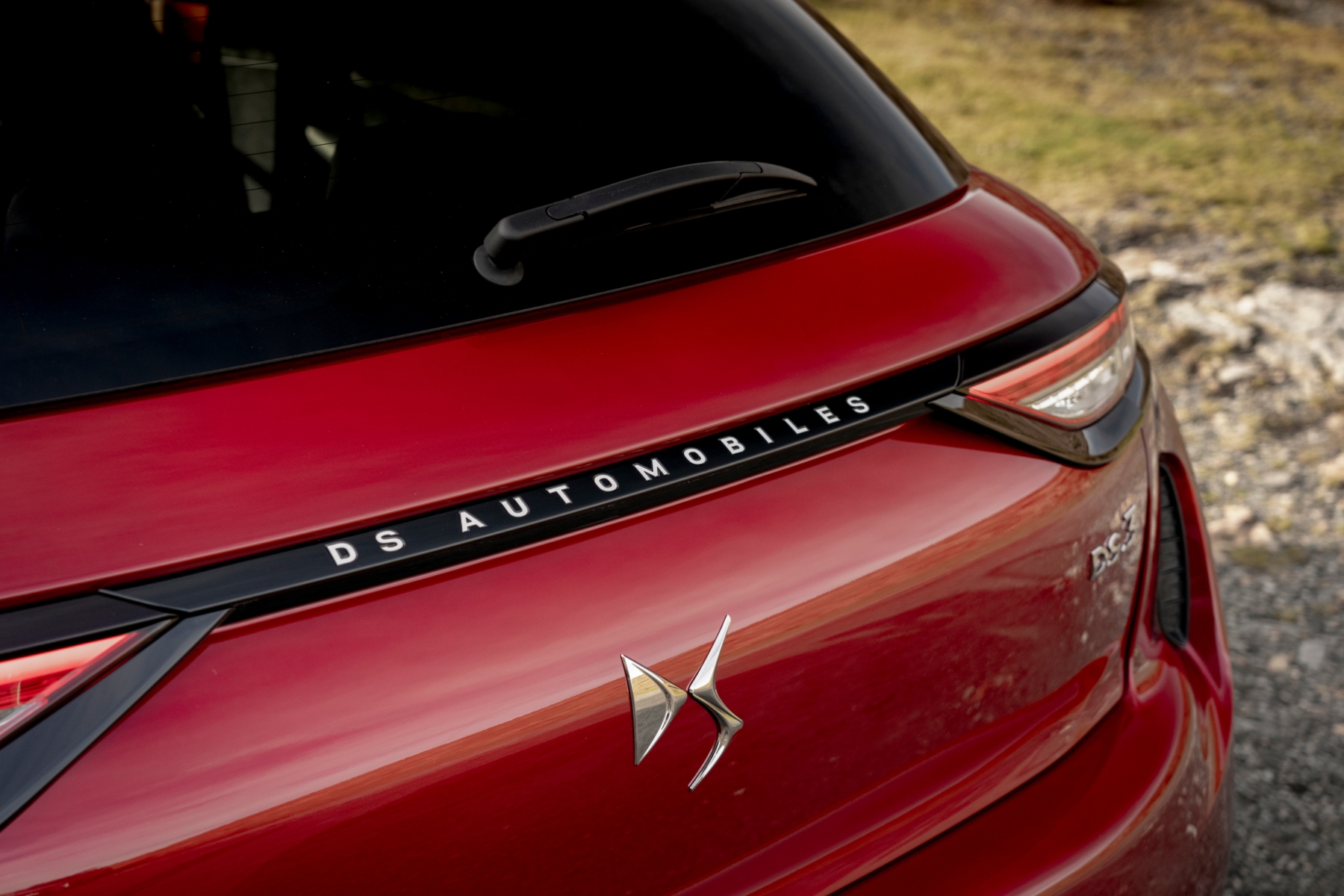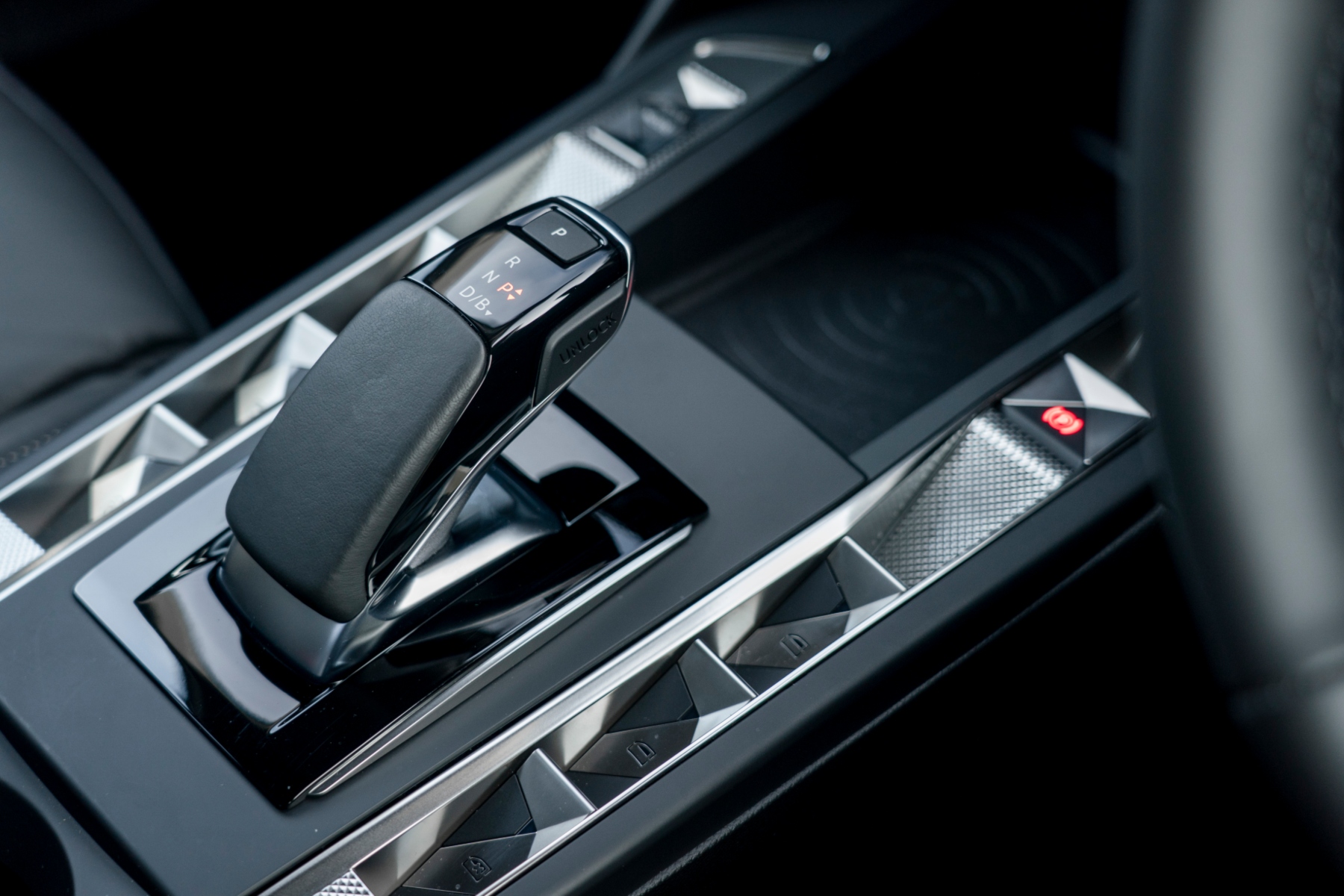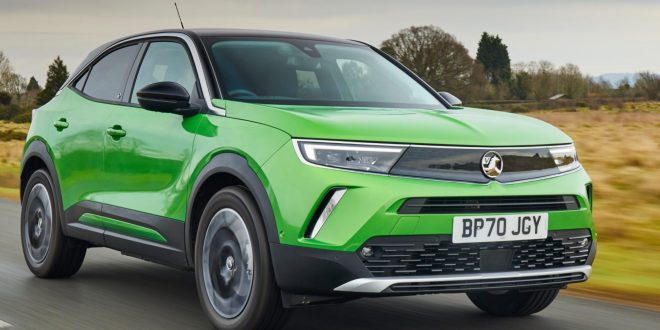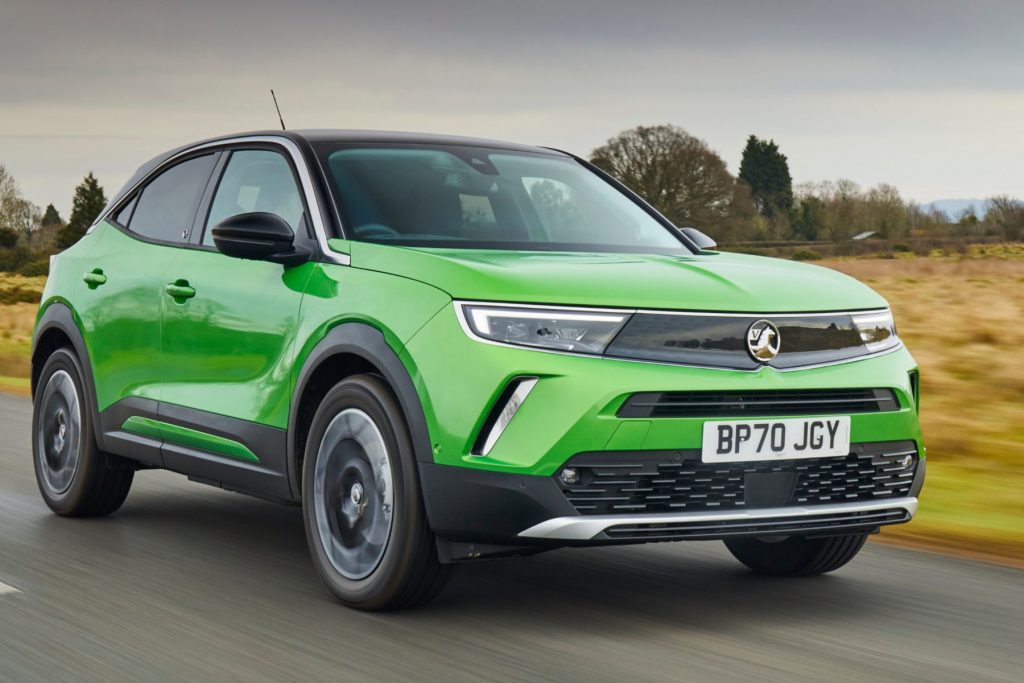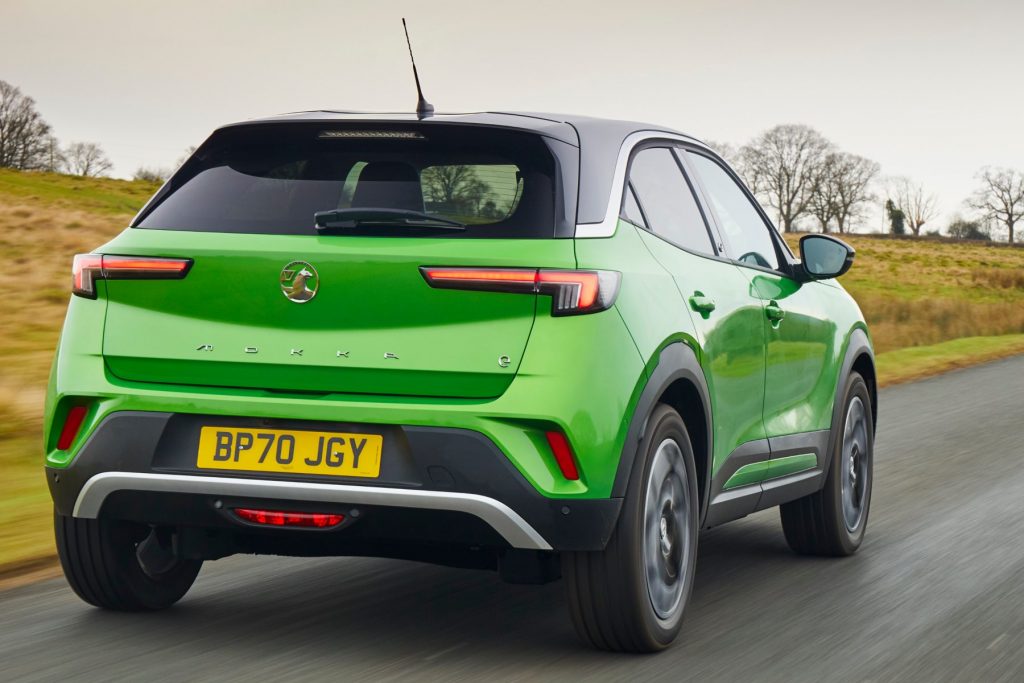Our first drive in the 100% electric version of the stylish five-door DS 3 compact SUV
Originally launched as the DS 3 Crossback in 2019, this chic crossover was initially available with a choice of petrol and diesel engines (a 100% electric variant following a year later).
Fast forward to 2023 and not only has the car dropped its “Crossback” monicker and received a facelift and other updates, but it’s now a straight choice between petrol or electric power.
We’ve never driven the EV version (marketed as the DS 3 E-Tense), so here’s how it shapes up. But first, a bit of background.
DS Automobiles split from Citroen to become an innovative premium brand way back in 2014. Since then, the two brands have become part of the huge Stellantis Group, which also includes Peugeot, Jeep, Alfa Romeo and Fiat.
DS’s competition department, DS Performance, has competed in Formula E since 2015, clinching the first team/drivers’ double world title in 2019.
DS Automobiles is now one of the premium arms of Stellantis with a fast-expanding range, and the new DS 3 E-Tense battles it out in a competitive compact SUV EV segment, though it’s arguably the most upmarket offering.
Not only is it up against its Stellantis cousins – the Peugeot e-2008, Vauxhall Mokka and upcoming Jeep Avenger – but also the MG ZS EV, Hyundai Kona Electric and Kia Soul EV.
On a technical level, the big change for 2023 is a larger 54kWh battery (up from 50kWh) and more power. As a result, the small electric SUV now offers a range of up to 250 miles (previously 212 miles).
Visually the DS 3 E-Tense’s subtle facelift delivers extra kerb appeal and improves aerodynamic efficiency.
The redesigned front end features new LED headlights and daytime running lights, plus a slightly larger diamond grille and new spoiler.
“DS Automobiles” is written across the boot, while the profile is as distinctive as ever with its shark’s fin rear window design and flush door handles. There are also new wheel designs and a total of seven body colours with contrasting roofs.
Inside, the most significant change is the updated infotainment system, which is easier to use than the previous version and it’s also more responsive.
There’s a 7.0-inch digital driver’s instrument display and 10.3-inch touchscreen with Apple CarPlay and Android Auto smartphone connectivity.
Elsewhere, the materials used have an upmarket feel. The watchstrap leather seats look especially cool and are very comfortable, but some of the quirky functionality does take some getting used to.
For instance, the switches to open the windows flank either side of the gear selector, while touch-sensitive short-cut buttons for the touchscreen, plus other essentials such as audio volume and heated seats, are all dotted around the central air vents.
For the record, there are four trim levels available – Performance Line, Performance Line , Rivoli and Opera.
The DS Safety Pack is also fitted as standard, and this includes autonomous emergency braking (AEB), lane-keep assist and speed limit recognition – all helping to give the DS 3 a maximum five-star safety rating from Euro NCAP.
Space up front is good, but it’s less than impressive behind where there’s only just room for adults and visibility is compromised, especially for small children, thanks to the fins on the rear doors, high waistline and thick B pillars.
The boot is 350 litres, or 1,050 litres, with the rear seats folded. Not class-leading, but enough for the shopping or a modest amount of luggage.
With light steering and a ride that’s set up for comfort, the DS 3 E-Tense drives well.
Naturally, there’s plenty of torque, but it’s not gut-wrenching like some other EVs.
The single electric motor that drives the front wheels produces 154bhp and 192lb ft of torque, taking nine seconds to hit 62mph (maximum speed 93mph).
The smooth power delivery results in a refined cabin ambience that fits the car’s classy character well.
You can have fun in the DS 3 E-Tense because it’s nimble and responsive, but you will experience body lean in faster, more challenging corners, so best not to get carried away.
Traction is good overall, though it is possible to spin the front wheels on looser or wet surfaces if you plant your foot from a standing start.
Traction is good overall, though it is possible to spin the front wheels on looser or wet surfaces if you plant your right foot from a standing start.
There are three drive modes – Eco, Normal and Sport. As ever, Normal is just fine because Eco dulls the driving experience, and though Sport livens things up a little, it does sap the battery range.
We’d estimate real-world driving range is probably closer to 200 than 250, which certainly makes it a practical proposition for most drivers.
The DS 3 can take up to 100 kW DC charging, which enables a 0-80% replenishing of its battery in 30 minutes. Plug it at home via a 11 kW AC wallbox and a 0-100% charge will take five hours, 45 minutes.
Perhaps the biggest challenge for the DS 3 E-Tense is its price. Starting at £37,200 and rising to £41,700, it’s a relatively expensive small EV.
Verdict: If you’re looking for a 100% electric compact SUV and you appreciate quality and style, then consider the DS 3 E-Tense. It’s not without a few frustrations and compromises, but it’s easy and fun to drive – and crucially – stands out from the crowd.
